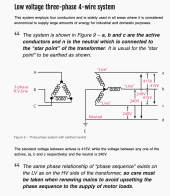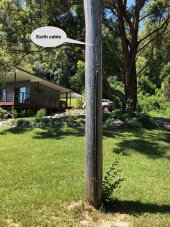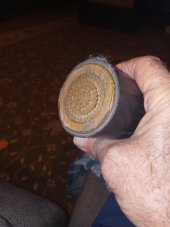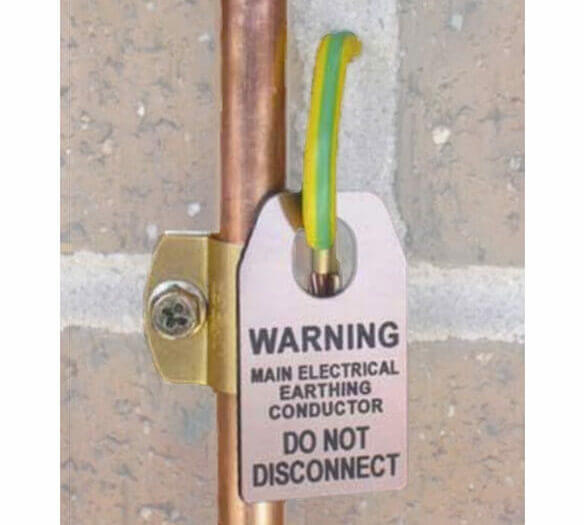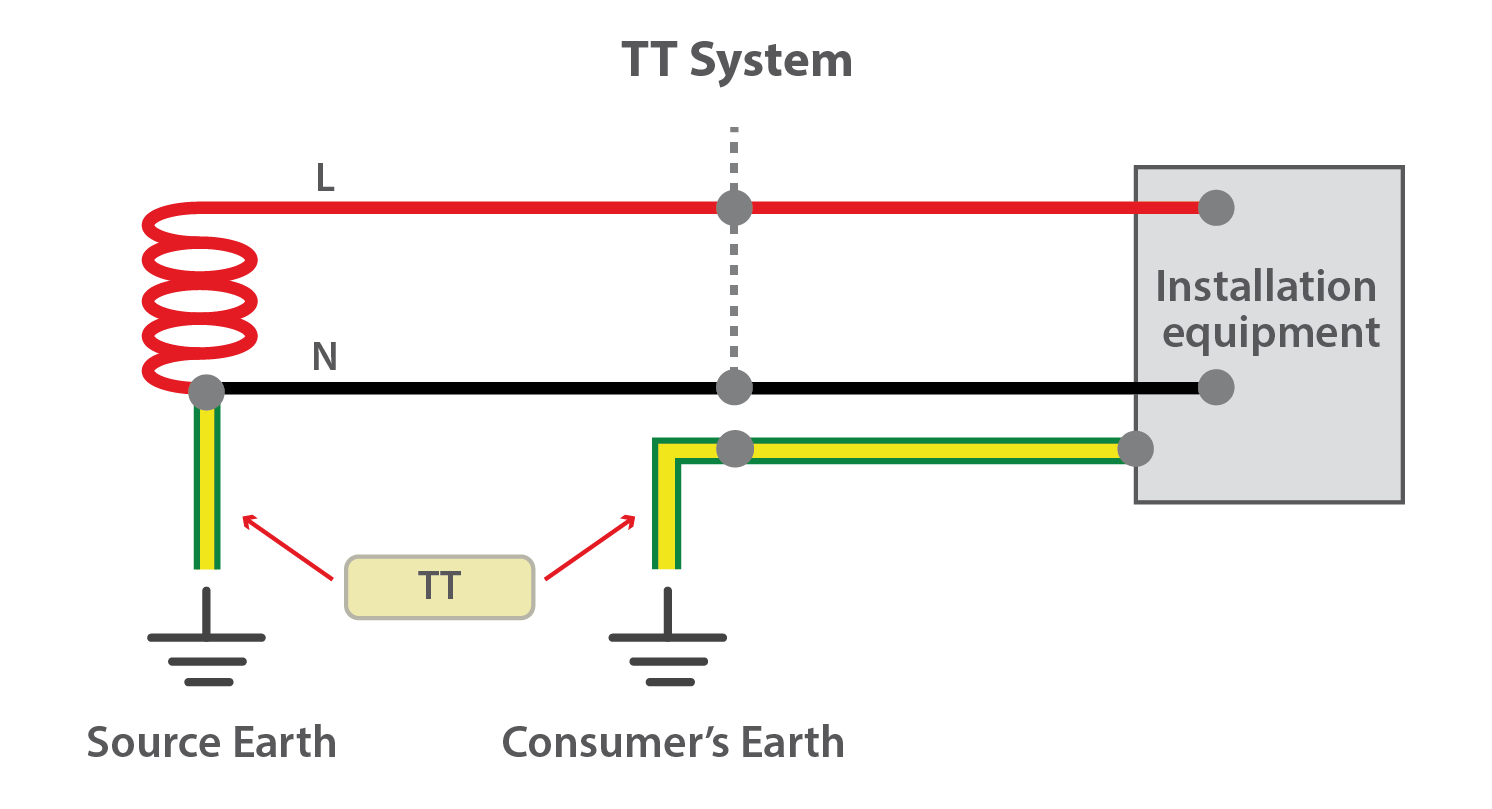In any case, there's not a lot I can do.
That's the bottom line.
It's interesting how different enforcement jurisdictions around the world have developed their own "best practice" in construction and use of utility power. Most of the world population has had practical use of electricity for less than 100 years and much of the regulation we place on techniques is based on observations made over time as different scenarios take place and we try to adjust our own behavior around a natural phenomenon we can't see and is not only deadly to the touch but if angered can reach out and touch.
As each of our tribes developed means to make use of this unseen power we cunningly figured out different ways to avoid its deadly touch and expand its use to all our people.
The National Electric Code is only one of many different rule books on best practice electrical installations that has been developed over 125 years. It's America's version. The 1st edition in 1897 was only 58 pages. We didn't know much back then and rules were simple based a lot on the last worker to get blown up. The Lineman Henry Miller, considered to be the father of the International Brotherhood of Electrical Workers died from electrocution in Washington D.C. just the year before, in 1896. Tesla and Edison were about to go enter an epic battle over AC vs. DC distribution while electrical workers were being killed at an unsustainable rate.
Egos clashed.
At the same time in history Europe and the UK were doing their own thing as we all figured out how we might harness its awesome power.
Flash forward 125 years and now the world is interconnected to the point I can type this thought on a keyboard in the middle of North America and in an instant it appers on your monitor somewhere in Australia halfway across the world and not only that but it appears on 100s of monitors around the globe of other active users at the same time.
For the first time in history we are each able to examine and discuss the differences and reasons why each of our cultures systems evolved the way they have. I believe that much like the way the NEC has continued to evolve over time, every other jurisdictional authority is doing the same.
Now we can look around and see that none of us have all the answers and the truth seems to be a moving target.
What voltage your utility provides you and the means and methods they decide to employ when providing their product is up to the local authority, who base their rules on past practice results of the original provider and dead people. Egos persist.
I think where we are now is our ability to communicate has outpaced our understanding. Most of us including myself, base our own best practice on the developed best practice in our own neighborhood since the early days.
If your provider doesn't care that their wire is carrying the imbalance in your system then they have probably calculated the risk to their wire as being worth exercising Grandpa's Right and leaving it as is.
I think this is the first forum I've been on where I can discuss the differences in how rules are made and implemented around the world. It used to be we only had to argue between the 50 states in the U.S. and even then some differences are stark.
